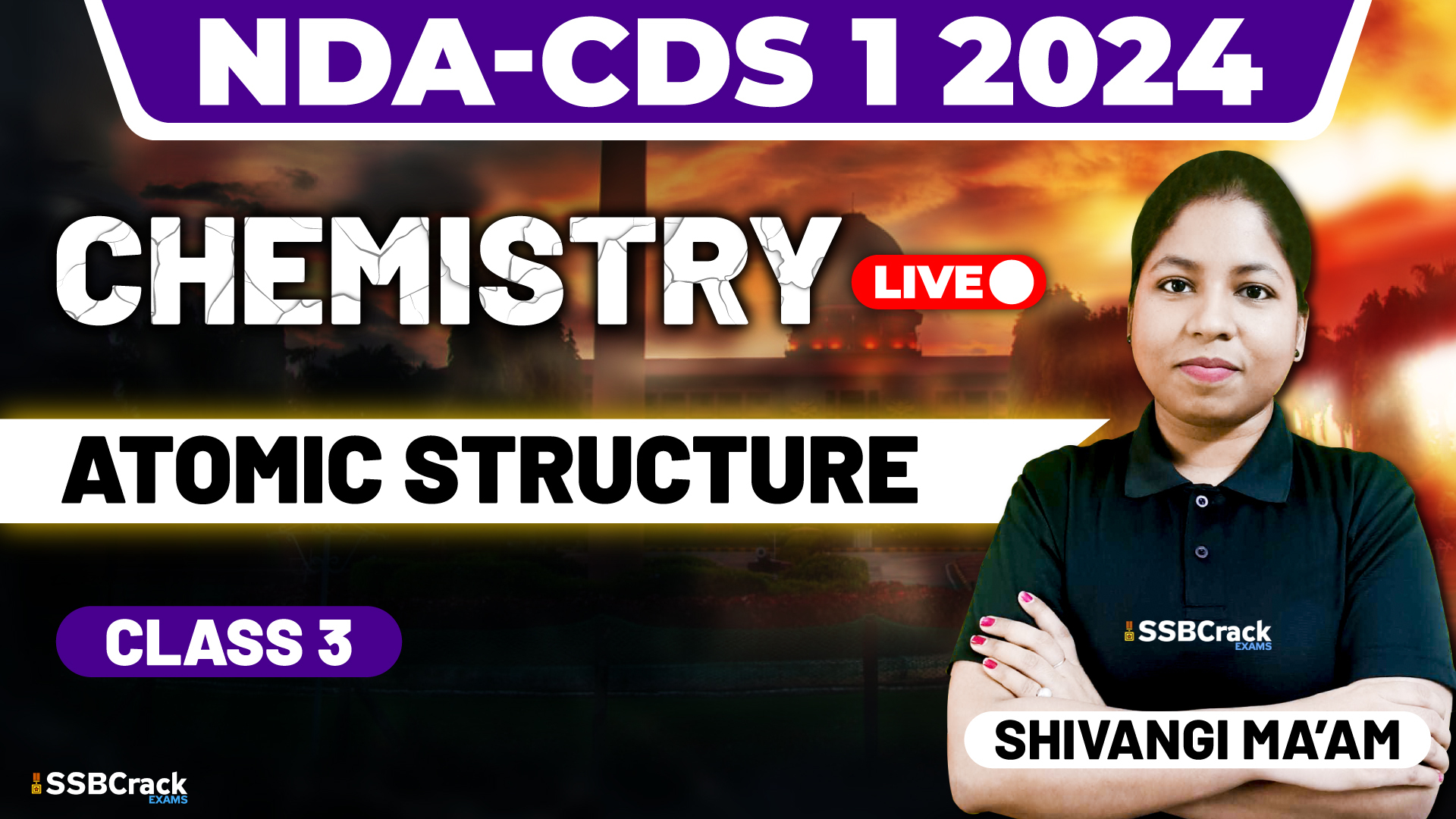Aspiring candidates gearing up for the NDA (National Defence Academy) and CDS (Combined Defence Services) exams in 2024 are undoubtedly familiar with the diverse array of subjects they need to master. Among the crucial topics in the realm of Chemistry, Atomic Structure stands as a cornerstone that holds the key to unlocking a deeper understanding of various military-related concepts. In this article, we will delve into the pivotal role that Atomic Structure plays in shaping the knowledge base of NDA and CDS aspirants.
Foundation of Matter:
Atomic Structure serves as the foundation upon which the entire edifice of Chemistry is built. At its core, it explores the composition of matter at the atomic level, unraveling the intricacies of elements, isotopes, and molecules. Understanding the fundamental building blocks of matter is essential for military personnel, as it forms the basis for comprehending the characteristics and behavior of materials encountered in diverse operational environments.
Chemical Reactions and Energy:
A thorough grasp of Atomic Structure is indispensable when delving into chemical reactions – a realm where substances transform and interact. Military applications often involve chemical processes, from the formulation of propellants to the analysis of environmental samples. Knowledge of Atomic Structure equips candidates with the ability to predict and control reactions, ensuring they are well-prepared for the challenges they may encounter in their roles.
Radiation and Nuclear Energy:
In the defense sector, a nuanced understanding of Atomic Structure is vital when dealing with nuclear energy and radiation. Whether it’s the study of nuclear weapons, the operation of nuclear reactors, or the assessment of radiological hazards, candidates with a strong foundation in Atomic Structure are better equipped to navigate these complex domains. This knowledge is crucial for roles that involve handling and mitigating the effects of nuclear and radiological materials.
Advanced Weaponry and Technology:
In an era where technological advancements are at the forefront of military strategy, Atomic Structure plays a pivotal role in shaping cutting-edge weaponry and equipment. From precision-guided munitions to advanced sensors and detection systems, a deep understanding of the principles of Atomic Structure empowers military personnel to comprehend, operate, and innovate with the latest technological tools at their disposal.
Strategic Intelligence and Analysis:
Atomic Structure is not limited to the laboratory; it extends its influence into the realms of strategic intelligence and analysis. Military leaders and analysts rely on chemical insights to interpret data, assess threats, and formulate effective strategies. A solid understanding of Atomic Structure enhances a candidate’s ability to contribute meaningfully to the intelligence and analysis efforts of the armed forces.
Conclusion:
As NDA and CDS aspirants prepare for the challenges that lie ahead in the 2024 exams, a focused and comprehensive understanding of Atomic Structure is indispensable. Beyond the confines of the classroom, this knowledge forms the bedrock for a range of military applications, from understanding the properties of materials to navigating the complexities of advanced weaponry and technology. Armed with a robust foundation in Atomic Structure, candidates can approach the exams with confidence, knowing that they possess the key to unlocking a deeper understanding of the chemical principles that underpin military science.



















